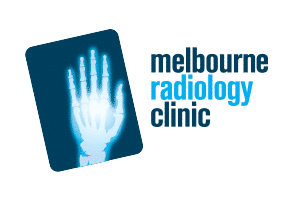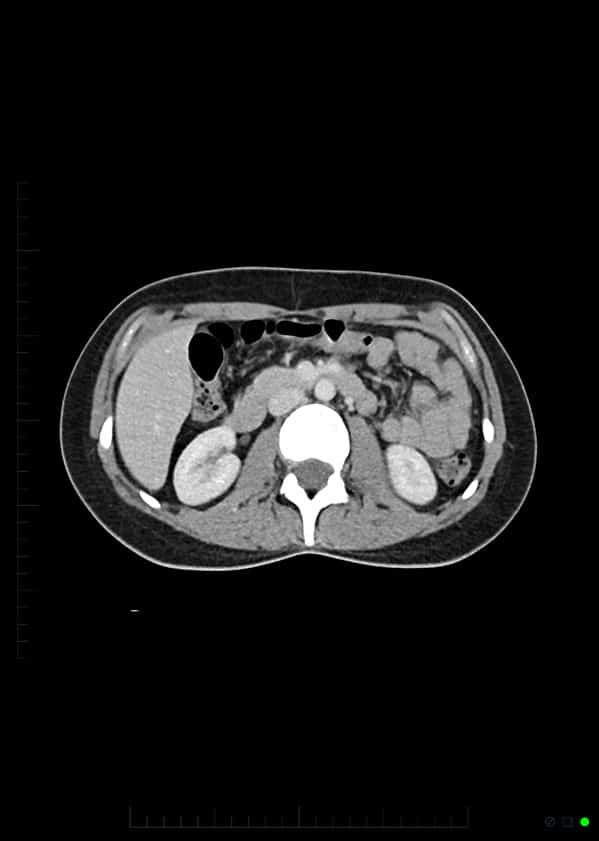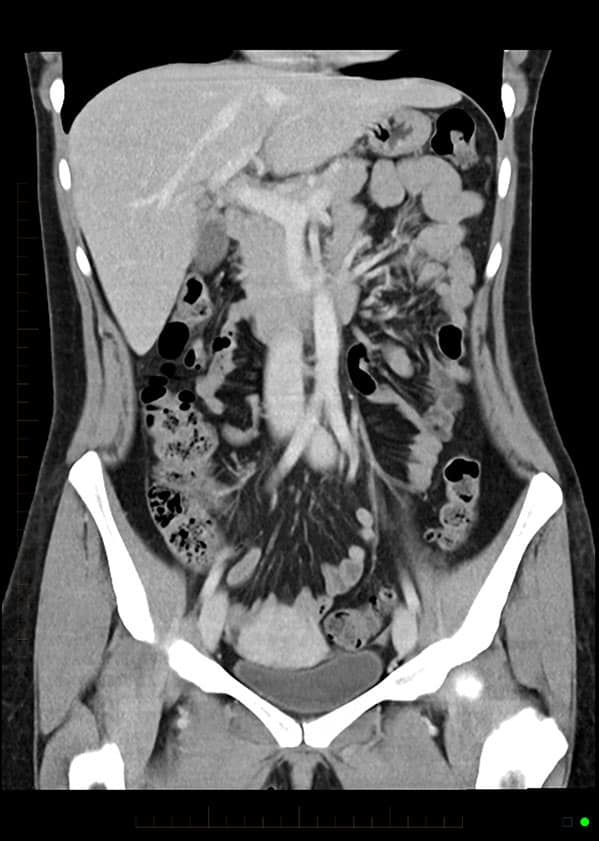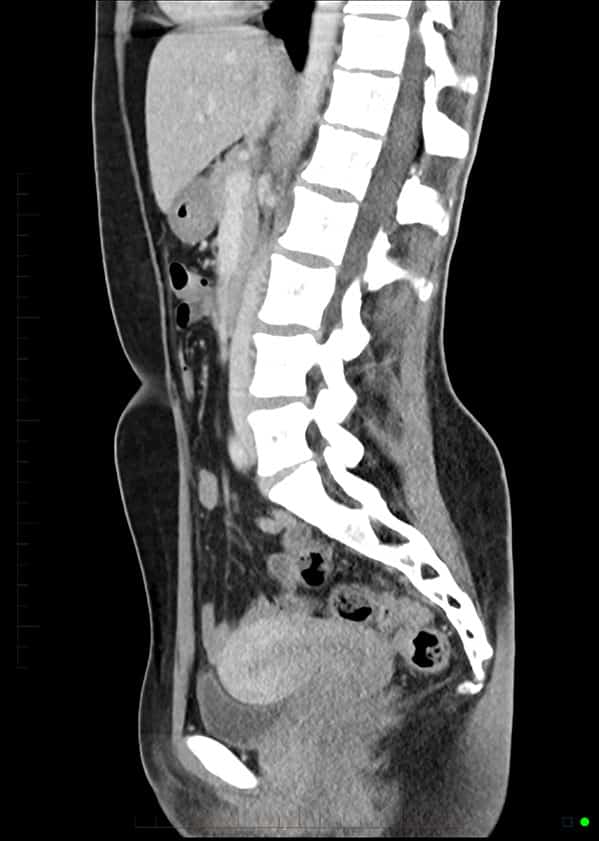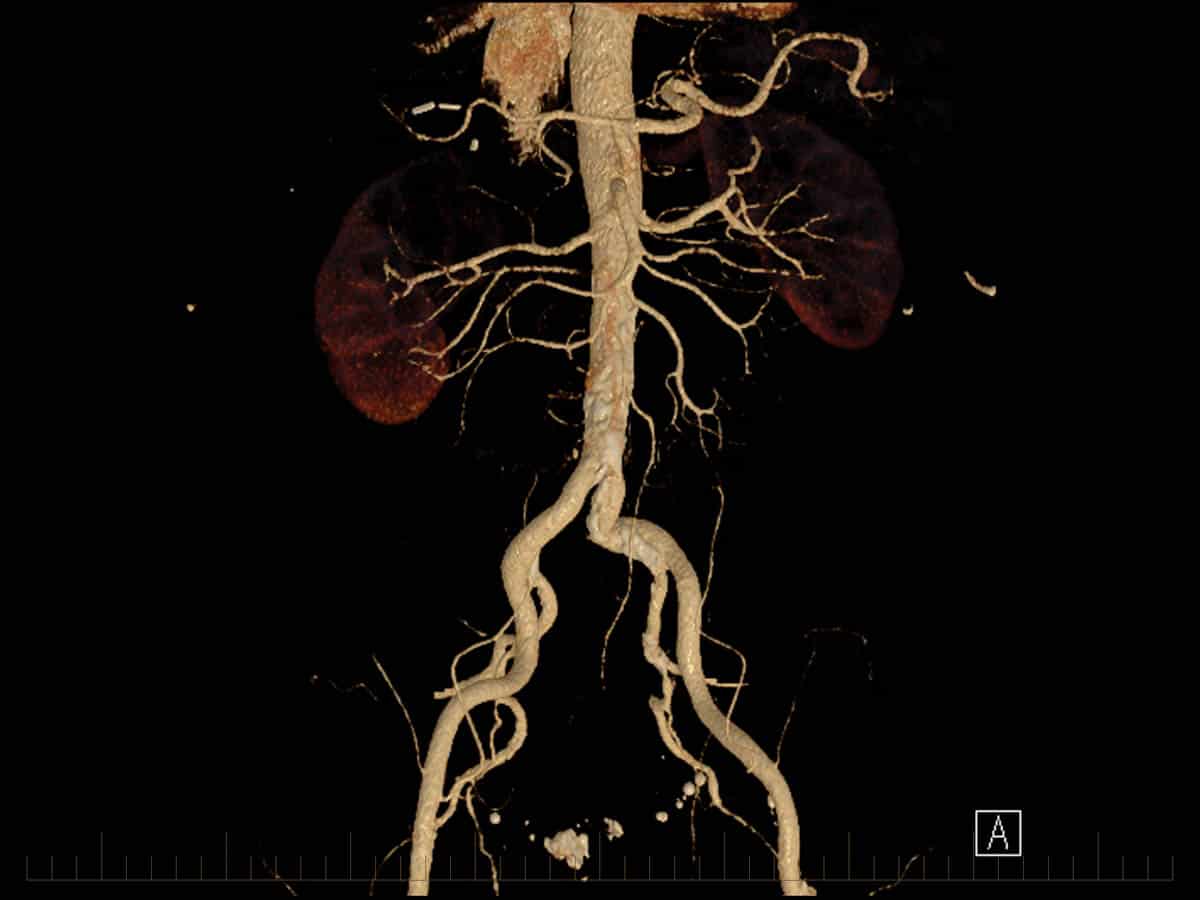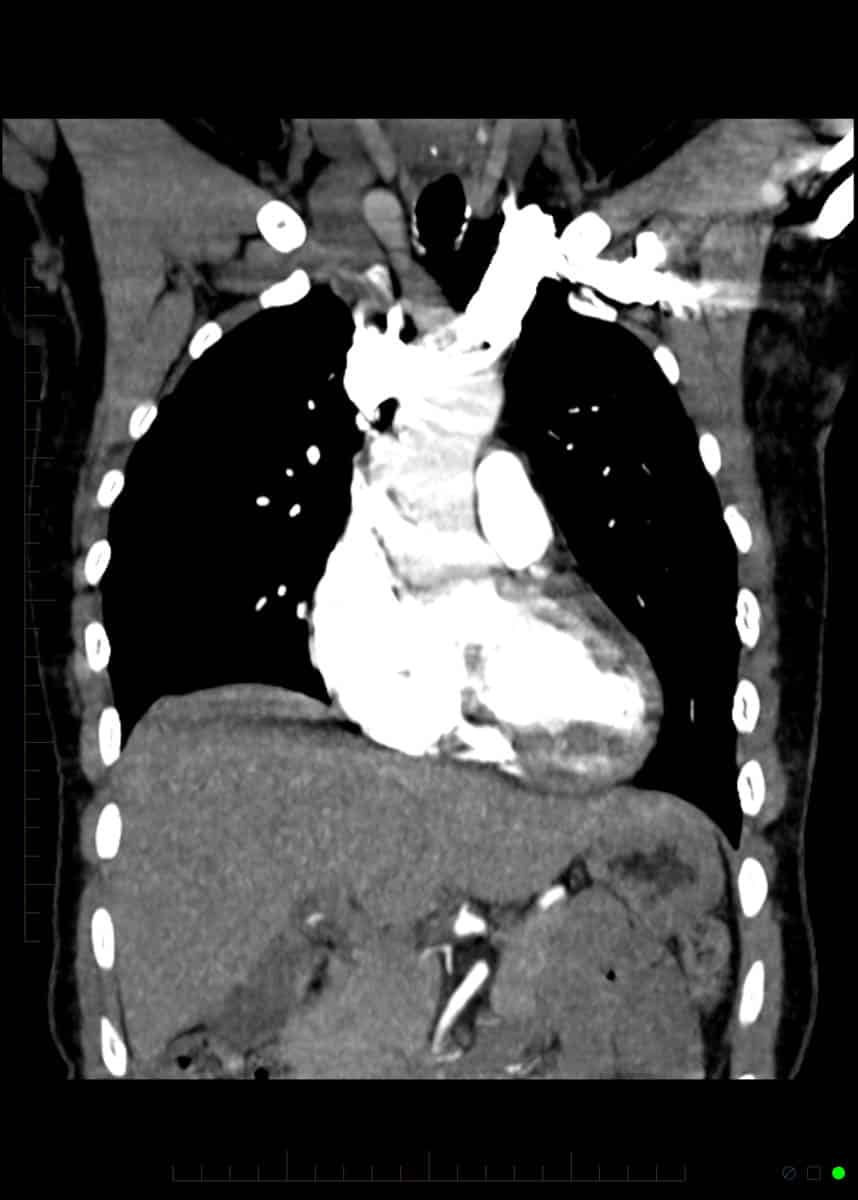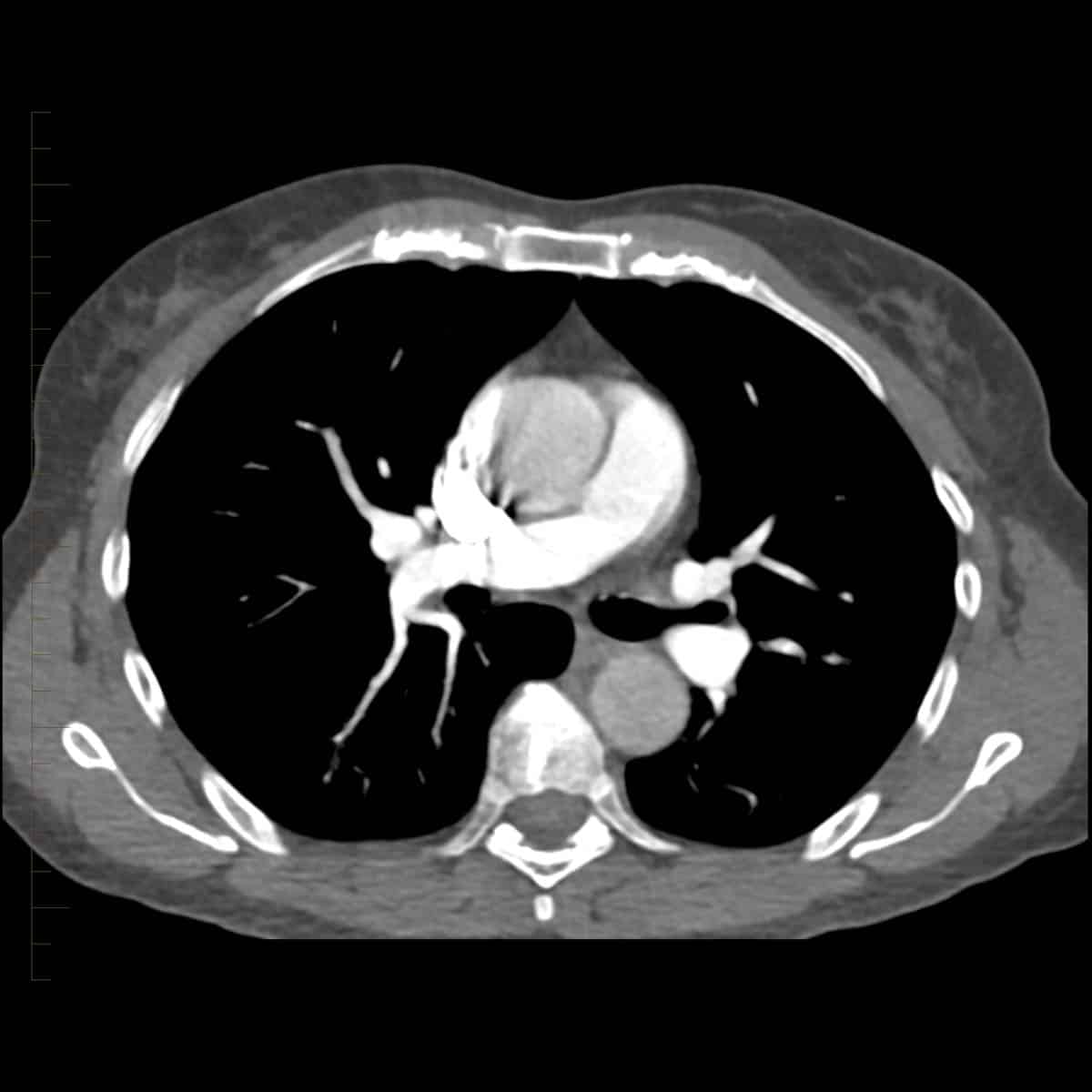CT Intravenous Contrast.
Overview
Intravenous (IV) contrast is an iodine based colourless liquid. The contrast is delivered into your body through a small plastic tube known as an intravenous cannula, which is placed into a vein in your arm by a nurse or radiographer who are both experienced in performing this procedure. This will result in minor discomfort, usually no more than taking blood from your arm. The amount of IV contrast required varies, usually in the range or 30–120mls, depending on your body size and type of CT scan requested. The dye is usually delivered by a pump injector and is NOT radioactive
Benefits of IV Contrast
The benefit of administering intravenous contrast for a CT examination is enormous. The use of IV contrast greatly improves the accuracy of the examination and assists excluding many life threatening conditions, such as cancer. IV contrast is mainly used to highlight differences between soft tissues which would otherwise look the same.
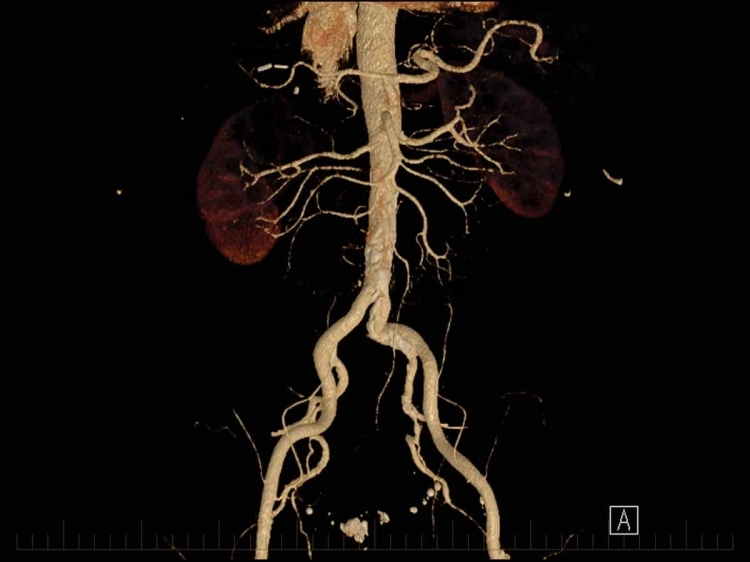
As for all medical procedures, there are risks associated with the administration of any substance, including IV contrast, however the benefit, such as an accurate diagnosis, outweighs the small risk of suffering from the side effects (discussed below). The decision to administer IV contrast is not taken lightly and is carefully made by your referring doctor, based on your signs, symptoms, past medical history and what is the suspected diagnosis.
If after reading the information below you are not willing to undergo a study with IV contrast, the test may still be performed without it, however you must be aware that the information from the examination may not accurately answer your doctor’s question. It is possible that another test, such as an MRI scan or ultrasound may be appropriate. This can be discussed with your referring doctor or our radiologist.
Side Effects
CT Intravenous Contrast.
Most injections of IV contrast occur uneventfully. Commonly, patients experience a transient warm feeling throughout their entire body, a metallic taste in the back of the throat and/or a sensation of wetting themselves, though this doesn’t actually occur. The warm feeling occasionally may be experienced as a quite intense, hot sensation. All these symptoms disappear very quickly at the time of the study and require no treatment.
The most common genuine side effect is a minor contrast reaction, which occurs in 1% of cases. Symptoms include headache, sneezing, nausea, vomiting, hives and swelling and usually settle rapidly. Occasionally medications may be required to help alleviate the symptoms if they persist. This usually involves an anti-emetic (anti-nausea medication) and promethazine (phenergan) for hives and swelling. Phenergan unfortunately results in drowsiness, so is usually administered only if the swelling or hives is particularly severe. In this instance, you would need a responsible person to drive you home.
Less commonly, in approximately 0.01% (or 1 in 10,000) of cases a severe (anaphylactoid) contrast reaction may occur. This includes a rapid or slow heart rate, low blood pressure, an asthma attack (bronchospasm) and complete circulatory collapse/shock. Such reactions require urgent medical treatment and immediate transfer to an appropriate facility, such as an emergency department or intensive care unit.
Treatment includes the use of adrenalin, cortisone and rapid injection of IV fluids. The risk of a severe allergic reaction is increased in asthmatic patients (0.05% or 1 in 2,000). Despite best medical attempts and rapid treatment, a person may die from a severe reaction, however this is fortunately rare, occurring in 0.0001% – 0.00001% (1 in 100,000 to 1 in 1,000,000) of cases. Melbourne Radiology Clinic possesses the equipment and trained medical staff to assist in providing immediate life saving treatment should this be required.
Unfortunately, there is no way of predicting who will be allergic to contrast until the dye is given. A patient who becomes allergic will usually develop their symptoms within 10 minutes, typically within the first one or two minutes. It is reassuring to note that more than 10,000,000 injections of contrast are given in the United States each year.
Apart from those who have already experienced a contrast reaction, patients who are at high risk of an allergic reaction due to IV contrast include the following groups:
- History of diabetes
- History of asthma
- History of renal failure
- History of allergies
Canter LM. Anaphylactoid Reactions to Radiocontrast Media. Allergy and Asthma Prc. 26: 199–203, 2005 Lieberman P, Kemp SF, Oppenheimer J, et al. The Diagnosis and Management of Anaphylaxis: An Updated Practice Parameter. J Allergy Clin Immunol. 115:S483–523, 2005
